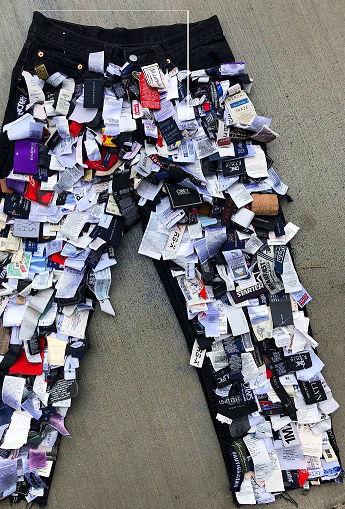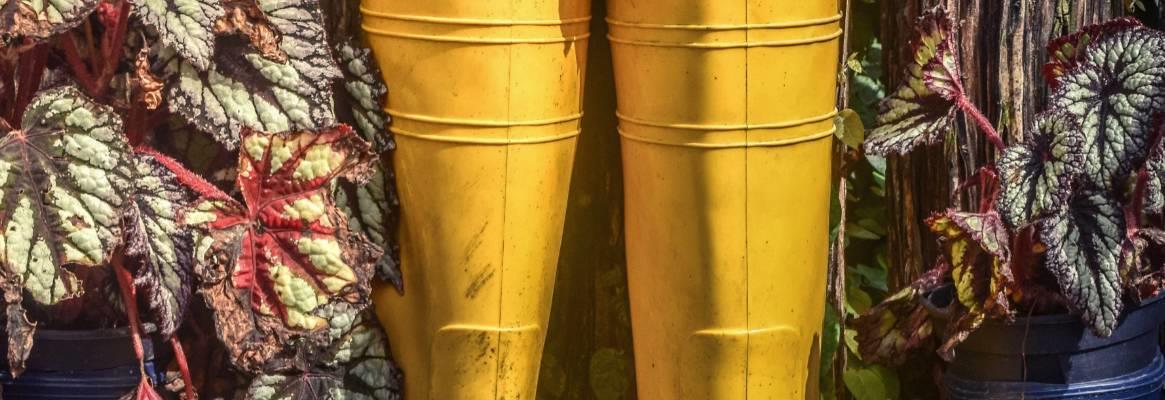Imagine this: it’s nearing the end of the fashion season and you have unsold products out on the floor. The items are pristine, great quality, and ready for purchase and wear, but you know the trends and styles of this season likely won’t sell in later ones.
What are you to do at this point, and what have other brands done?
Environmental Issues and Stigmas Facing Clothing Brands
Looking at those wonderful clothes on the rack right now, it would be a shame to see them go to waste. Unfortunately, many brands burn, bury, or dump this deadstock of product, simultaneously harming both the environment and their own reputation with an increasingly values conscious consumer market.
At the top of the fashion industry, luxury brands like Burberry have been caught burning tens of millions of tons of their perfectly good deadstock in order to maintain the exclusivity image of their products. In fast fashion, seasons can come and go as quickly as in two weeks, which causes a higher yield cycle of deadstock to be cleared before the next shipment arrives on the showroom floors. To rid this stock, many brands send trucks full of their garments to landfills, with some even ending up on cargo jets to landfills on the other side of the world, worsening the deadstock footprint even further.
This wasteful propensity has led to PR crises for the brands caught in the act, especially as consumers become more concerned with sustainable practices and environmental health. Many cannot wrap their mind around how new, unused products can go to waste especially if there are people willing and wanting to wear those clothes at an off-season discount.
The Resale, Reuse, and Reliving of Fashion
Luckily, alternatives to making waste of deadstock, outdated, and even damaged clothes exist. These alternatives can keep fashion brands sustainable, creative, and even cost reducing.
One alternative is to keep deadstock in storage to sell at a later date. The products can be later sold as “vintage items”, “anniversary items”, or “collectors items” meant to “relive” older trends. The popularity of this approach is supported by fashion’s circular nature, and in particular by the resurgence of 80’s fashion trends and styles made popular on social platforms like Tok-tok and selling platforms like Vestiaries Collective or What Goes Around Comes Around.
Another alternative is to strip your products of any labels denoting your brand, and alter them slightly to sell at a lower price point. This maintains your brand’s exclusivity, while allowing you to potentially save on raw material for new product development.

These “second life” products can be altered, disassembled, and reassembled to create a completely new product. For example, if you sell high quality blank T shirts, you can create exclusive items with the limited deadstock by having an artist collaborate and draw on your shirts. In one fell swoop, this:
• Makes a completely new product
• Helps the artist reach a larger audience
• Prevents the waste of a good product
• Establishes a more exclusive, and potentially viral, product for your brand
Finally, as clothes near the end of their usefulness and style, many consumers think about donating or reselling their old favourites. Some brands even might take advantage of this mindset, and go as far as buying back an old product and revamping it to maintain a pristine look. This follows the growing consumer trend of “upcycling” products to create new styles and products for a new extended life. This trend has extended over into thrift stores as people “thrift flip” old clothes into new ones, like flipping an old button down dress shirt into a mini dress.
Companies Taking Initiative Right Now
Currently, some brands have already taken on these sustainable and reliving mindsets. Some include:
• Nike, which uses old shoe materials to create new shoes and even compresses old shoe soles into gym floor mats.
• Uniqlo holds in-store drives for old down jackets to be renovated into new ones to sell. They will even donate some of the new jackets to people in need, across the world.
• American Eagle Outfitters takes donations at registers for recycling old denim and offers customers an in-store credit applied to new jeans in return.
• Rename, a Japanese start-up brand, buys deadstock and strips pieces of their labels before selling the product at a lower price.
Brands have many sustainable and lifecycle extending options to maximize the profitability and utility of their leftover deadstock. It will be interesting to see what creative new products and designs the industry’s leaders will continue to create from old or unused products.
This article has not been edited by Fibre2Fashion staff and is re-published with permission from makersvalley.net








Comments